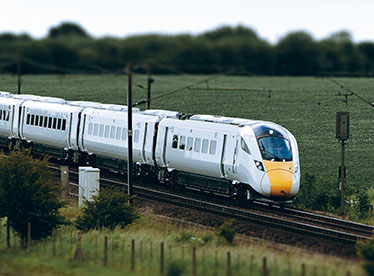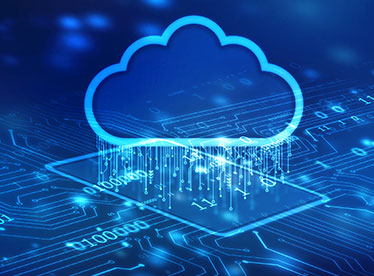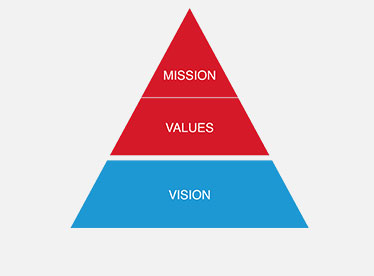-
Products
-
Transportation & Mobility Solutions
Transportation & Mobility Solutions
At Hitachi, we engineer industry-leading transportation and mobility solutions by leveraging decades of knowledge and using high-quality automotive material and components.
-
Energy Solutions
Energy Solutions
We believe the only solution for fulfilling the growing power requirements of industries and society is through a comprehensive portfolio of sustainable energy solutions and delivering innovative high-efficiency energy systems.
-
IT Infrastructure Services
IT Infrastructure Services
Hitachi’s state-of-the-art IT products and services are known to streamline business processes which result in better productivity and a higher return on investment (ROI).
-
Social Infrastructure: Industrial Products
Social Infrastructure: Industrial Products
Within the industrial sector, Hitachi is consistently delivering superior components and services, including industrial and automation solutions, useful in manufacturing facilities.
-
Healthcare & Life Sciences
Healthcare & Life Sciences
At Hitachi, we believe that healthcare innovation is crucial to a society’s advancement. A strong healthcare sector is often considered an inseparable element of a developed society.
-
Scientific Research & Laboratory Equipments
Scientific Research & Laboratory Equipments
Hitachi focuses on extensive research and development, transformative technology, and systems innovation to unfold new possibilities and create new value through scientific endeavors that strengthen the connection between science and social progress.
-
Smart Audio Visual Products
Smart Audio Visual Products
Since 1956, Hitachi audio visual products have provided state of the art solutions to consumers all over the world. It has been our pleasure to design competitive products at the lowest possible prices while maintaining our industry-leading quality standards for your comfort and enjoyment.
-
View All Products
Hitachi Products & Solutions
Hitachi, a technology leader in the U.S., offers a diverse set of products and solutions, and breakthrough technologies for smart manufacturing, green energy and mobility solutions that empower governments, businesses, and communities.
-
Transportation & Mobility Solutions
- Social Innovation Solutions
-
About Us
-
Hitachi in the U.S.A.
Hitachi in the U.S.A.
Discover information about the Hitachi group network across the Americas, upcoming events and sustainability endeavours, CSR policies, and corporate government relations.
-
About Hitachi Group
About Hitachi Group
Explore our leadership team, investor relations, environmental vision, and sustainability goals. Learn how Hitachi is leveraging its research & development capabilities for social innovation across industry verticals.
-
Hitachi in the U.S.A.
- News Releases
- Case Studies
- Careers
- R&D
Hitachi and WIDE Project Succeed in Trans-Pacific 10-Gigabit Ethernet Communication Test Using 10GBASE-EW
BRISBANE, Calif., June 21, 2004 -- The WIDE Project (Representative: Professor Dr. Jun Murai of Keio University, Principal Investigator: Associate Professor Dr. Akira Kato of The University of Tokyo), and Hitachi, Ltd. (President & Chief Executive Officer, Information & Telecommunication Systems: Kazuo Furukawa, hereinafter referred to Hitachi), supported by the Pacific Northwest Gigapop and the University of Washington, have succeeded in achieving an error-free 10 Gigabit Ethernet (10 GbE) communication test across the Pacific Ocean using 10GBASE-EW(*1) over the IEEAF TransPacific Link connecting Tokyo and Seattle (approximately 4800 miles or 7,700 km).
In the test, Hitachi GS4000-160E Gigabit switches were located at data centers in Tokyo (Ote-machi, chiyoda-ku) and Seattle, Washington. Both sites succeeded in opening direct communication using 10 GbE between Tokyo and Seattle by connecting the 10GBASE-EW interface installed in the GS4000-160E to the IEEAF TransPacific Link (OC-192).
As expected, no error frames were detected during 10 hours of testing. The test was based on a packet forwarding experiment using two UNIX-based PCs, which were connected to the GS4000-160E in Tokyo and Seattle, respectively.
The OC-192 line used in this test was a standard SONET line provided by Tyco Telecommunications (a Tyco Electronics Company), Morristown, New Jersey, to the IEEAF. The task of connecting it in Tokyo and the U.S. was performed by WIDE Project, the Pacific Northwest Gigapop, and University of Washington. Conventional IP communications done via SONET/SDH networks requires a router equipped with a POS (Packet over SONET) interface. The 10GBASE-EW used in this test was developed by converting the physical interface portion of standard 10 GbE into SONET OC-192/SDH STM-64 format. This technology makes it possible to construct a wide-area network that is more cost effective than a usual network built with OC-192 SONET interfaces. This test clearly proves the feasibility of using 10GBASE-EW for reliable world-wide network communications.
In recent years, there have been many remarkable improvements in Ethernet technologies. In Japan, it has been used not only in traditional enterprise LANs, but also in high-speed, low-cost, wide-area Ethernet networks (WANs). However, traditional construction of a wide-area Ethernet network required several kinds of expensive routing devices. This test shows that for WAN services, 10GBASE-EW will support high-performance and stable wide-area Ethernet networks at a much lower cost.
The successful test paves the way for accelerated deployment of broadband services for international networks, thereby providing further proliferation of multimedia applications, such as high-definition video and audio, and IP routing of SANs (Storage Area Networks) in storage systems.






